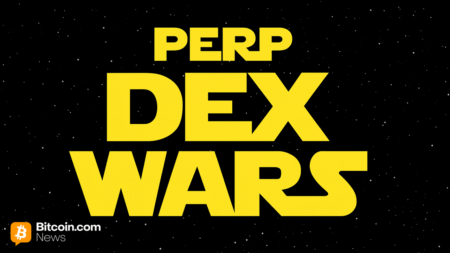Bitcoin Transaction Trends in 2025: A Comprehensive Analysis
Bitcoin, the world’s leading cryptocurrency, has experienced a remarkable evolution since its inception. As we delve into 2025, we observe a significant cooling in its daily transaction pace compared to the frenetic activity witnessed in 2024. This article will analyze the latest transaction data, explore miners’ fee metrics, and discuss what these trends mean for the future of Bitcoin.
Current Transaction Volumes and Trends
Data from January 1, 2017, to August 23, 2025, reveals that the average daily transactions of Bitcoin in 2025 are trailing behind those of 2024 by nearly 25%. While 2024 was marked by a peak in transaction volumes, 2025 has seen a marked reduction, quelling speculation on whether Bitcoin can maintain its previous momentum. This decline might suggest a shift in investor confidence and interests, contributing to a more stable market where transactions are occurring at a more measured pace.
Understanding Miners’ Fees
An important aspect to consider is the miners’ fee, which represents the remuneration received by miners for validating transactions. In 2025, the share of miners’ fees is hovering near the lower end of its nine-year history. The decline in fees can be attributed to fewer transactions and a saturated market. Lower fees not only impact miners’ earnings but also affect the overall incentive structure of the Bitcoin network, potentially leading to decreased security over time if miners choose to exit the space.
Market Reactions and Sentiment
The cooling transaction pace has prompted various reactions across the cryptocurrency market. Some analysts interpret this slowdown as a sign of maturation, suggesting that Bitcoin and its ecosystem are transitioning from a speculative phase to a more stable one, attracting long-term holders over short-term traders. The sentiment in the market suggests that while speculative gains may have dwindled, the focus has shifted toward utility and adoption, which could be a crucial driver for future growth.
Implications for Future Growth
As Bitcoin moves through 2025, understanding these transaction trends is vital for stakeholders, from miners to investors. A reduced transaction pace, coupled with lower miners’ fees, may push Bitcoin’s developers to innovate and enhance the network protocol. Initiatives like the Lightning Network aim to improve transaction efficiency by allowing for off-chain transactions, thus remedying some of the issues stemming from high congestion during peak periods.
Competitive Landscape and Innovations
Moreover, the competitive landscape of cryptocurrencies continues to evolve rapidly. With numerous altcoins gaining traction and capturing market share, Bitcoin must adopt new strategies to sustain its leading position. Innovations in transaction methods, such as layer-2 solutions, will play an essential role in ensuring that Bitcoin remains the preferred choice for both daily transactions and long-term investment. Keeping an eye on competitor advancements can help inform Bitcoin’s strategic decisions moving forward.
Conclusion and Future Outlook
In summary, while Bitcoin’s transaction pace has cooled in 2025, the landscape remains dynamic and promising. With lower miners’ fees and an opportunity to innovate, there is potential for a resurgence in daily transaction volumes. As the market matures, focusing on utility and adoption could help Bitcoin enhance its resilience against competitors. The future of Bitcoin may hinge on how effectively it navigates these current challenges while continuing to develop and grow in an ever-changing market environment.
















